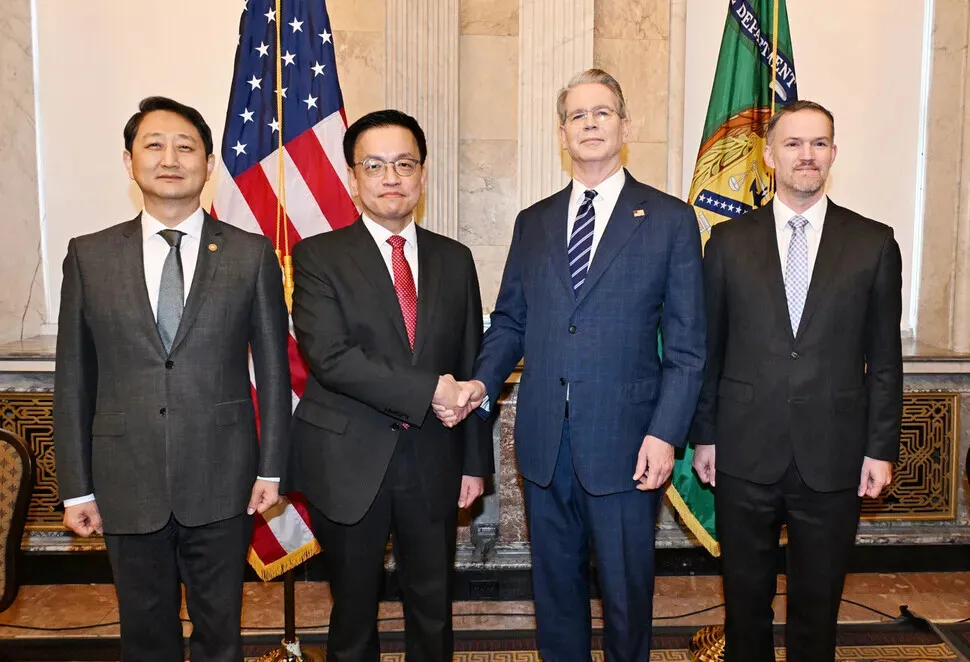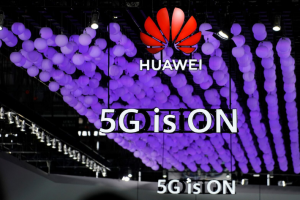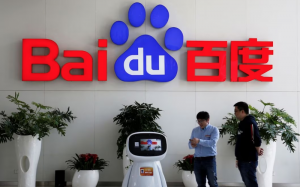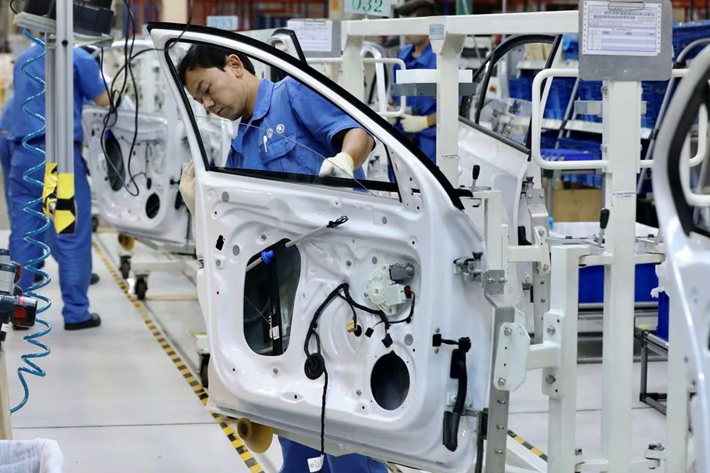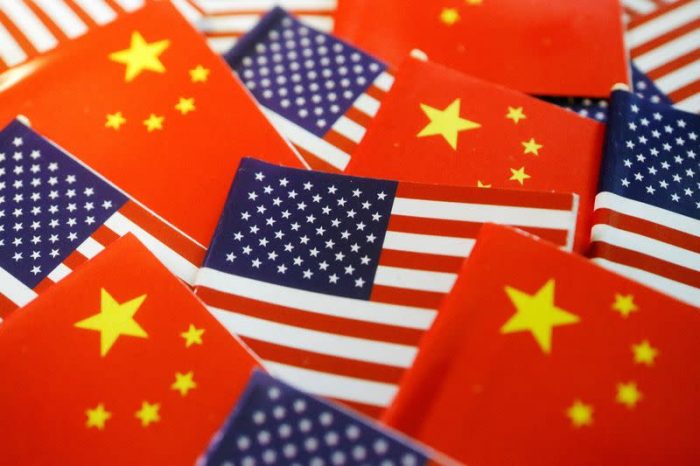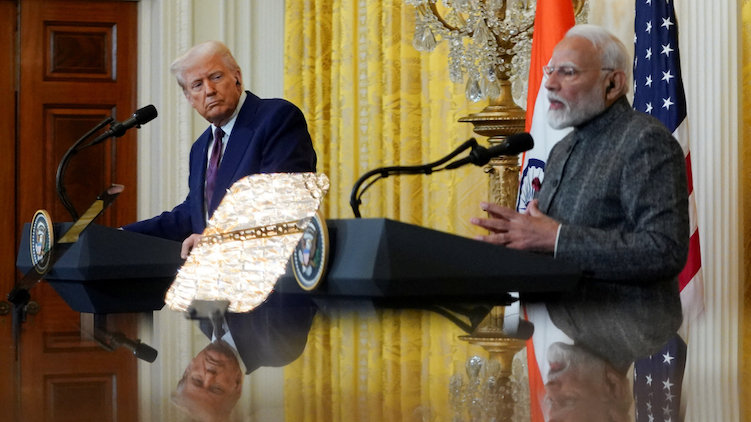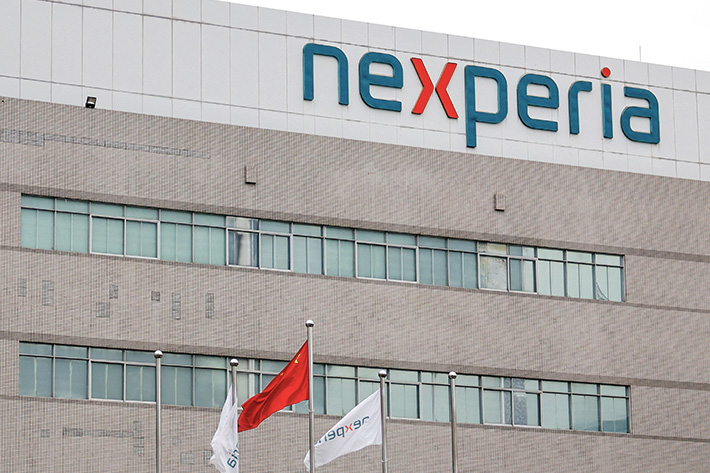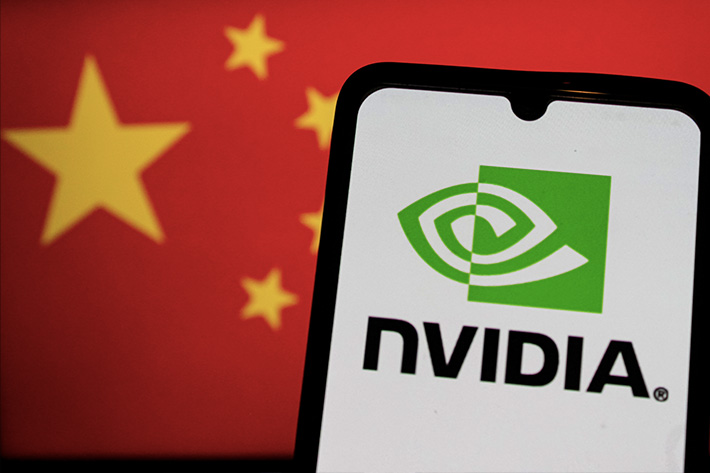Officials from South Korea, India and Europe said on Monday they were rushing to reach framework trade deals with the US to reduce hefty tariffs that President Donald Trump has threatened to impose at the start of next month.
Trump ramped up tariff rhetoric over the weekend, saying he would put a 30% tariff on most imports from the EU and Mexico from next month, after similar warnings for other countries such as Japan, South Korea and India.
The looming August 1 deadline has set off a scramble by governments around the world to seal trade agreements.
ALSO SEE: Nvidia’s Huang Says China’s Military ‘Can’t Rely on US Tech’
An Indian trade delegation has reached Washington for fresh talks on a trade deal with the United States, two Indian government sources said on Monday.
The Times of India cited a report saying the two sides want to lower the US tariff from 26% to below 20%, which would give India an advantage over other countries in the region.
Seoul may open agriculture markets more
South Korea’s top trade envoy said on Monday it may be possible to strike an “in-principle” deal by the deadline and signalled that Seoul may be open to allowing the US greater access to its agriculture markets, local media reported.
Minister for Trade Yeo Han-koo, who held high-level talks with US officials last week, said South Korea was seeking to avoid “unfair” US tariffs on sectors key to its industrial prowess that would undermine industrial cooperation with its main security ally and trading partner, media reports said.
“I believe it’s possible to reach an agreement in principle in the US tariff negotiations, and then take some time to negotiate further,” the Newsis news agency quoted Yeo as telling local media reporters.
“Twenty days are not enough to come up with a perfect treaty that contains every detail,” he added.
South Korea is in a race to reach a compromise trade pact in the hope of avoiding a 25% tariff slapped on its exports, the same level faced by Japan.
‘30% tariff would kill US-EU trade’
Meanwhile, in Brussels, where EU trade ministers discussed the tariff threat, European Trade Commissioner Maros Sefcovic warned that a 30% tariff would practically eliminate trade between the US and the 27-nation bloc, which are currently each other’s largest trading partners.
But he expressed optimism that talks between Washington and the EU were approaching a positive outcome for both sides.
“We have to do, and I will definitely do, everything I can to prevent this super-negative scenario,” Sefcovic said.
White House Economic Adviser Kevin Hassett had said on Sunday that countries’ trade deal offers so far had not satisfied Trump, adding that without improvements to their proposals “the tariffs are real”.
“The president thinks that deals need to be better,” Hassett told ABC’s This Week program. “And to basically put a line in the sand, he sent these letters out to folks, and we’ll see how it works out.”
Warning creates alarm in Germany
The threatened duties sounded alarm bells in Germany, the EU’s biggest economy.
After Chancellor Friedrich Merz said on Sunday that a 30% tariff would “hit the German export industry to the core”, the head of the German Chamber of Commerce and Industry called for swift action.
“The escalating tariff conflict with the USA poses a serious threat to many German companies,” Volker Treier said on Monday. “Tough negotiations are now needed to avert a collapse of transatlantic trade.”
The EU has so far held off on retaliatory measures to avoid a spiralling tit-for-tat escalation in the trade war while there remains a chance of negotiating an improved outcome.
But Italy’s Foreign Minister Antonio Tajani said the EU has already prepared a list of tariffs worth 21 billion euros ($24.5 billion) on US goods if the two sides fail to reach a trade deal.
European industries, meanwhile, are preparing for the worst.
Producers of Italy’s renowned Chianti wine in Tuscany have demanded a new export strategy backed by the EU targeting alternative markets such as South America, Asia and Africa in response.
Markets guessing
Since returning to the White House earlier this year, Trump has sought to use an array of tariffs to boost the US economy, push companies to invest in the United States, and revitalise sectors including manufacturing.
His initial reciprocal tariffs announcement in early April, which set a baseline tariff of 10% on all imports and higher duties on certain products or countries, raised fears of global supply chain disruptions, sending shockwaves through markets.
But subsequent U-turns and delays, including a 90-day pause on most duties aimed at allowing time for trade deal negotiations, have left investors largely inured to Trump’s chaotic policy roll-outs.
European stocks fell on Monday, while US futures pointed towards a lower Wall Street open in response to the latest salvo. European autos and alcohol stocks were among those hardest hit.
In later news on Monday, Hassett said talks were also underway with Canada and Mexico.
Asked about his expectations of talks with the EU, the White House National Economic Council director said: “We’ll see … we’ve got a few weeks left.”
- Reuters with additional editing by Jim Pollard
ALSO SEE:
Vietnam to Ramp up Inspection of Chinese Goods After Trump Deal
Indonesia to Sign $34 Billion Pact With US Ahead of Tariff Deadline
Japan’s PM Defends National Interest as Trump Ramps up Threats
Countries Should Not Sign Trade Deals at Our Expense: China
Carmakers Stressed by China’s Curbs on Critical Mineral Exports
Japan Tells US: No Trade Deal Unless Auto Tariffs Reviewed
April 2 Set as Date for Unveiling of Trump’s Reciprocal Tariffs




